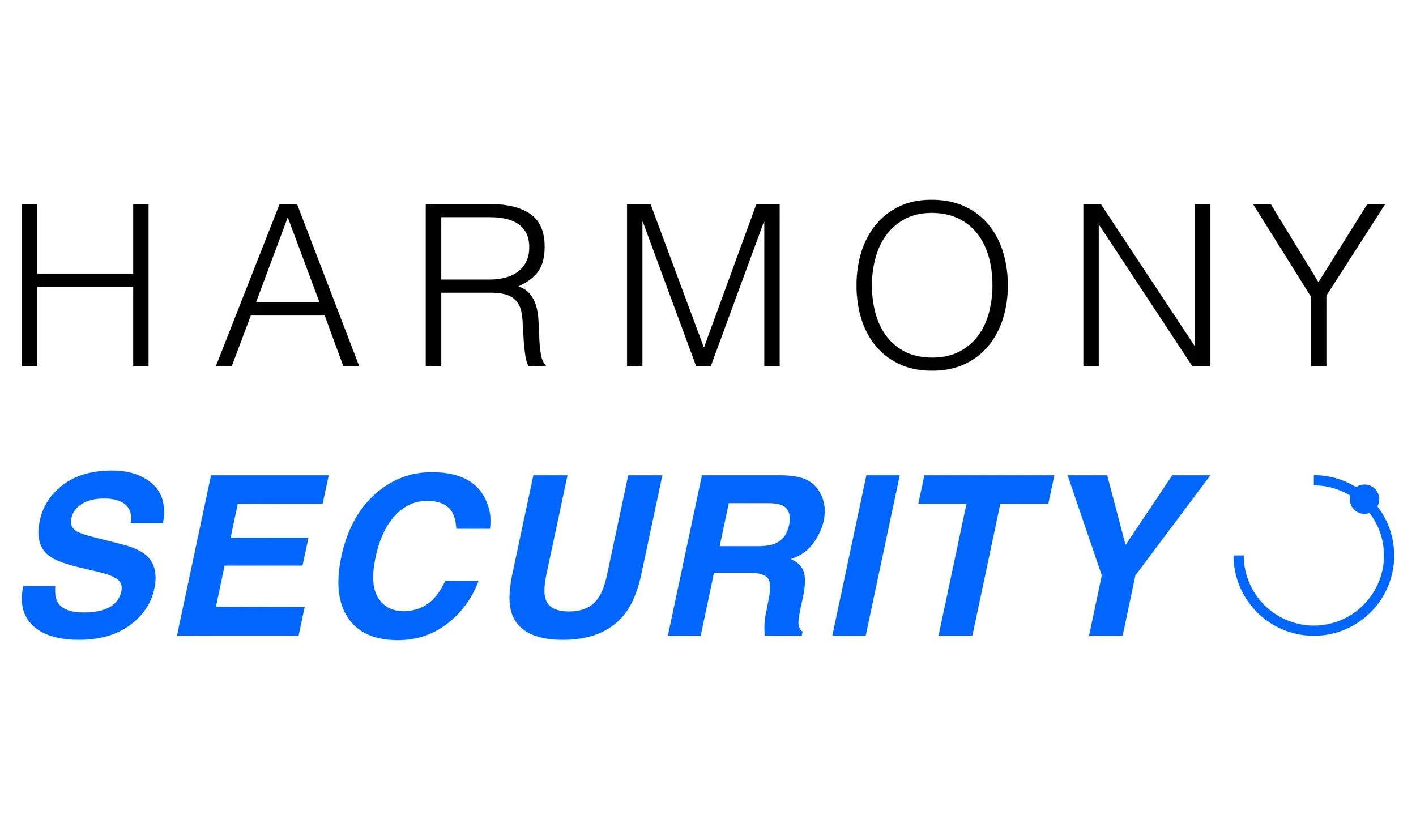The Complete Guide to Choosing a Technology-Driven Security Company in El Salvador
Choosing a private security company in El Salvador is a serious decision. This guide explains how technology-driven solutions—AI, GPS, access control, and 24/7 monitoring—help you identify the right provider, avoid red flags, and make an informed choice.
Choosing the right security company in El Salvador is not a decision to take lightly. Today, the best firms combine trained personnel with advanced technology—AI video analytics, GPS tracking, access control, and 24/7 monitoring. This mix reduces risks, increases coverage, and optimizes costs.
This guide will help you evaluate providers, spot red flags, and make a confident decision backed by evidence.
What does “technology-driven” mean?
It’s not just about installing cameras. A true technology-driven security company integrates:
IP surveillance with AI analytics (line crossing, loitering, motion detection).
Access control with digital credentials, QR codes, or biometrics.
GPS tracking for fleets and on-duty personnel.
24/7 remote monitoring with escalation protocols.
Dashboards and reports with security KPIs.
Basic cybersecurity for all systems.
Business continuity plans (backup power, redundant links, 4G/5G).
👉 Harmony integrates these into our electronic security solutions and combines them with on-site personnel when needed.
Essential Checklist for Evaluating Providers
A. Experience & Track Record
Similar projects (residential communities, retail, logistics).
References and site visits.
Documented response times.
B. Certifications & Compliance
Valid operating licenses under El Salvador’s Private Security Services Law (Decree 227, 2000).
Registration with the Private Security Division of the PNC.
Active liability insurance policies.
Ongoing training programs and use-of-force protocols.
C. Technology & Compatibility
Open platforms (avoid vendor lock-in).
Useful AI analytics, not just gimmicks.
Access control with visitor management.
Integration with apps and exportable data.
D. Monitoring, Support & SLAs
24/7 monitoring center with escalation.
Written SLAs: response and resolution times.
Redundancy in power and connectivity.
E. Personnel & Operational Culture
Guard profiles, vetting, and turnover rates.
Training in technology and incident response.
F. Costs & ROI
Transparent breakdown of CapEx and OpEx.
Ability to scale in phases.
ROI metrics: incident reduction, efficiency gains.
G. Reporting & Transparency
Regular KPI-based reports.
Access to logs, evidence clips, and traceable records.
Red Flags to Watch For
No licenses or insurance documentation.
Vague promises without SLAs or metrics.
Closed systems with no integration options.
Poor reporting and lack of transparency.
High staff turnover without clear replacement policies.
Refusal to offer pilots or phased deployments.
How to Compare Proposals
Instead of choosing the cheapest provider, build a weighted evaluation list. Assign an importance level (1–5) to each criterion, score each provider (1–5), and multiply to get the total.
Key criteria to evaluate:
Technology & compatibility (weight: 5)
Monitoring & SLAs (weight: 5)
Certifications & compliance (weight: 4)
Experience in your sector (weight: 4)
Personnel & operational culture (weight: 4)
Costs & ROI (weight: 4)
Reporting & transparency (weight: 3)
👉 The company with the highest weighted score is the right choice—not simply the one with the lowest monthly fee.
Key Questions to Ask Providers
What incidents are most common in my type of property and how do you handle them?
Can you show me a real KPI-based report from another site?
What AI rules would you deploy in my perimeter or access points?
What are your SLA response times, and how are they audited?
What redundancies do you have (power, internet, mobile backup)?
How do you secure system credentials and data?
Can I start small and scale later?
What ROI metrics can I expect in 90 days?
How do you train guards in technology use?
Who will be my dedicated account manager or escalation contact?
Recommended Implementation Timeline (30/60/90 days)
Days 0–30: Assessment & pilot → Site survey, risk mapping, AI rules design, controlled test.
Days 31–60: Deployment & training → Phased installation, staff onboarding, SLA testing.
Days 61–90: Optimization → Analytics fine-tuning, executive dashboard, KPI review, roadmap.
Use Cases
Gated communities → Access control with QR codes, visitor logs, LPR at gates.
Retail & SMEs → Loitering detection, off-hours monitoring, audit-ready footage.
Logistics & fleets → GPS tracking, geofencing, dock control.
Residences of Salvadorans abroad → Remote monitoring + scheduled patrols.

